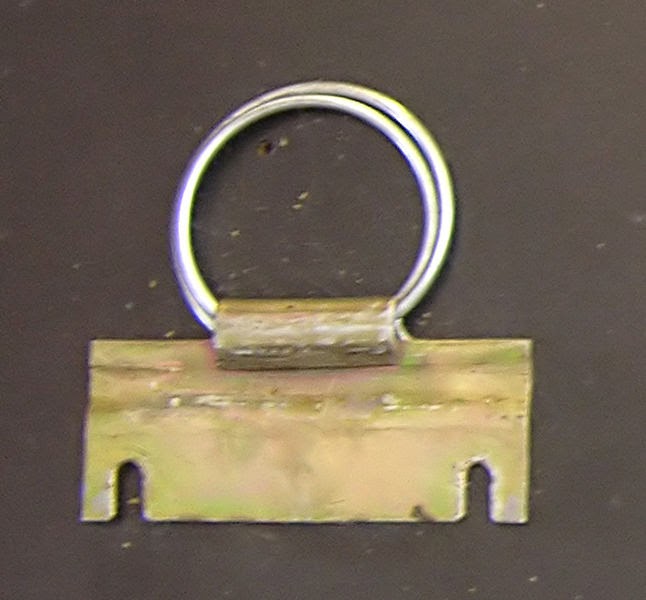SOVIETS LAUNCH FIRST MAN MADE SATELLITE
Moscow, USSR (JFK+50) Fifty-seven years ago today, October 4, 1957, the Soviet Union announced the successful launch of Sputnik I, the first man-made satellite to orbit the Earth.
Sputnik traveled at a speed of 18,000 miles per hour with each orbit taking 96.2 minutes to complete.
"Dawn of the Space Age"
The designers, engineers and technicians of the satellite informed Soviet Premier Nikita Khrushchev 90 minutes after lift-off because they wanted to be certain of the success of the mission.
Soviet news agency TASS reported:
"As a result of great, intense work of scientific institutes and design bureaus, the 1st artificial satellite has been built."
Sputnik I was 23 inches in diameter and made of polished metal. The satellite had four external radio antennas which sent out pulses until the batteries lost power after 22 days in space.
Sputnik I Arming Key
President Dwight D. Eisenhower was not surprised by the announcement of the launch of Sputnik but was surprised by the reaction of shock by the American people that the Soviets were so far ahead of us in the space race.
In the 1960 presidential election campaign, Democratic nominee John F. Kennedy would argue that the United States should move ahead of the Soviets in the space race.
Sputnik completed 1,440 orbits before its service ended on Jan. 4, 1958.
Moscow, USSR (JFK+50) Fifty-seven years ago today, October 4, 1957, the Soviet Union announced the successful launch of Sputnik I, the first man-made satellite to orbit the Earth.
Sputnik traveled at a speed of 18,000 miles per hour with each orbit taking 96.2 minutes to complete.
"Dawn of the Space Age"
by Gregory R. Todd
October 4, 2007
The designers, engineers and technicians of the satellite informed Soviet Premier Nikita Khrushchev 90 minutes after lift-off because they wanted to be certain of the success of the mission.
Soviet news agency TASS reported:
"As a result of great, intense work of scientific institutes and design bureaus, the 1st artificial satellite has been built."
Sputnik I was 23 inches in diameter and made of polished metal. The satellite had four external radio antennas which sent out pulses until the batteries lost power after 22 days in space.
Sputnik I Arming Key
Only Remaining Piece
National Air and Space Museum
Alkivar at wikipedia project
President Dwight D. Eisenhower was not surprised by the announcement of the launch of Sputnik but was surprised by the reaction of shock by the American people that the Soviets were so far ahead of us in the space race.
In the 1960 presidential election campaign, Democratic nominee John F. Kennedy would argue that the United States should move ahead of the Soviets in the space race.
Sputnik completed 1,440 orbits before its service ended on Jan. 4, 1958.

